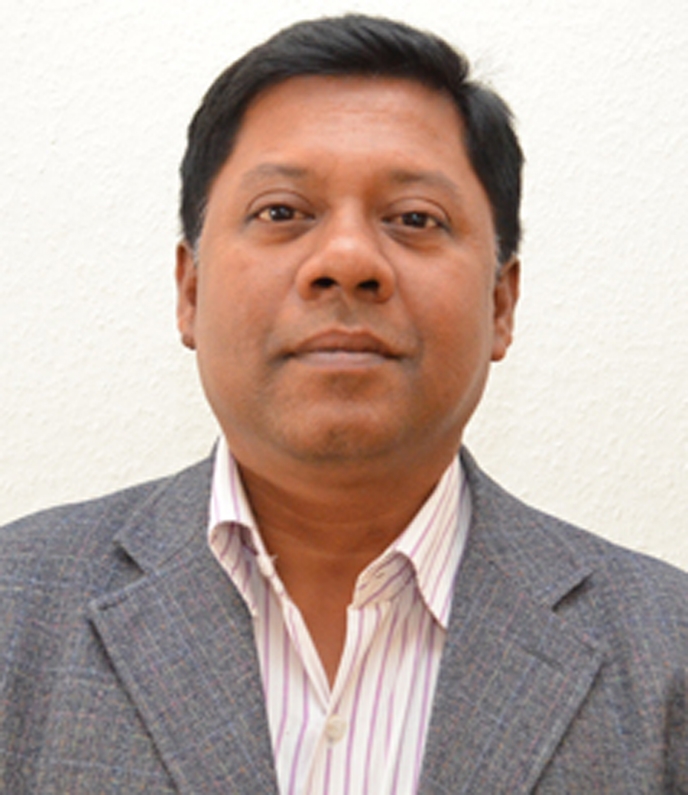
Dr Matiur Rahman :
The elite theory has been widely discussed in governance and political practice. Many scholars have discussed elite theory, but Italian sociologist and economist Vilfredo Pareto is mentionable among them.
The theory’s main point is that a minority of influential individuals make most of the decisions in every society. That is, these small groups are society’s primary driving force and decision-makers, and a large number of people are bound to follow them.
Pareto discussed the circulation of elite theory in his book ‘The Mind and Society’. He has defined the elite as “The elite group rules the entire population, and the elite group is the superior segment of the population.”
According to him, some individuals are excellent at work and are elite. There are two strata in society, namely: the upper strata and lower strata. At the top is the elite class. He first proved that power in all societies is concentrated in the hands of a few. Those who can demonstrate their quality or competence in the field of work are elite, and the rest are non-elite or common class. Those in the lower strata are non-elite, and those living in the upper strata belong to the elite community.
Pareto further divided the elite people into Governing elite and Non-governing elite. Those who directly participate in government administration are the ruling elite, and those who do not play an important role are the non-ruling elite.
Ruling elites stay in power for a long time by using force or tactics to garner public support. But they cannot always remain in power; the ruling elite is ousted at some point. In their place, another elite came and seized power. This trend is called the circulation of the elite.
According to Pareto, no elite class always remains in power, and other elite groups usurp them from power. At some point, the dominant group’s power diminishes and they are weakened and eventually ousted. A new elite class came into power, and power-hungry elites ousted ruling elites to balance society. When they return to power, they are deposed by the newly arrived powerless elite. In this process, the rotation of the elite continues.
He said the ruling elites could not stay in power forever because the ruling elites could not maintain the qualities of being in power all the time. Non-ruling elites are classified by acquiring potential elite qualities and eventually coming to power.
Elites may also resort to coercion and deception and be forced to stay in power. For this reason, they are considered a combination of the qualities of a ruler described in Machiavelli’s ‘The Prince,’ i.e. the character of the lion and the jackal. Tactfully they conduct various campaigns to stay in power.
In these circumstances, the non-ruling elite either infiltrates the ruling class or comes to power by overthrowing the ruling elite through revolution. At first, when they came to power, the opposition was suppressed with lion-like force. Later, to win the hearts of the ordinary people, they resorted to cunning tactics like a jackal because, in any case, it is not possible to stay in power by force alone.
The intrusion of this tendency leads to loss of power. Non-ruling elites, in the meantime, came to power by removing them to accumulate power. This process constantly continues, so the elite class or group always rules society.
However, scholars have criticized Pareto’s theory of the circulation of the elite. First, his theory has no historical basis. The theory he proffers is largely modelled after the influence of ancient Rome. It has nothing to do with other social systems. There is no evidence in historical analysis. It is also not accurate that change will be determined at all times. Second, modern democratic governance has nothing to do with his views. Because in a democratic system, mere trickery or force is not the basis of government power. That’s why political parties have to gain popularity. Only those who the people judge can be in power. Third, he said nothing about how the ruling elite and the non-ruling elite can be related. Fourth, he did not give any direction about the powers that the public can also assume in modern democratic governance.
People are not elite but can reach the end of power in time. Fifth, along with social changes, he did not discuss the possibility of change in those in power. Sixth, he explained elite turnover by psychological differences between two classes of elites but was not embodied due to a lack of clear explanation of residuals and social ideals or derivations.
Despite criticism of Vilfredo Pareto’s circulation of the elite theory, it is true that in every society and political system, we see that the dominant minority group rules the larger population. But no dominant group can rule for long, so they fall, and another class dominates the country. Scholars also said that the basis for the survival of the elite class in power is not only power, but support is also necessary for this. Therefore, a careful combination of support and leverage is essential to stay in power. But the power shift is present in all countries. So even if there are criticisms of Pareto’s theory, his theory cannot be rejected entirely. It is still applicable in our society and state.
(The writer is a researcher and development worker).

